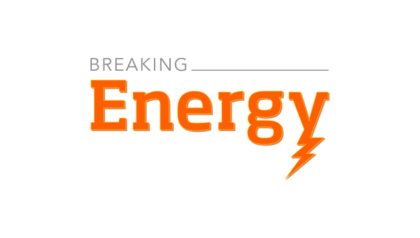
Assessing how much natural gas and oil are in the ground, and where, involves a lot of complex science – along with big dollops of art and luck.
While experts say their ability to predict has improved markedly with advanced technology like 3-D seismic testing, they say the only proof remains actual drilling – and the most promising geology can still produce a dry hole.
That’s why energy market analysts say they take all the numbers for resources in the ground – whether from the energy and services companies that do the exploration, or from academic experts or the government – with a shaker of salt. That includes estimates that natural gas reserves in shales, which can now be tapped with drilling technology advances, could supply the U.S. at current consumption rates for 100 years.
Cautious Sophistication
Investors “are not that naïve,” said Teri Viswanath, director of commodity strategy for US BNP Paribas. Investors listen to production companies recounting the productivity of their new shale gas assets, she said, but they keep a weather eye on independent analyses, from such as the Department of Energy’s Energy Information Administration.
Viswanath noted that EIA was “among the last” to accept higher shale estimates, taking a cautious approach as shale production climbed from less than 5% to 25% of U.S. output in less than a decade.
Questions about the accuracy of gas resource estimates, especially those used by the EIA, were raised by New York Times articles on June 26-27. The articles questioned whether EIA had accepted exaggerated numbers from industry companies boosting their reserve claims.
In rebuttal, the EIA released the statement it gave the Times ten days earlier, listing a variety of sources for its Annual Energy Outlook section on natural gas, not just gas companies. EIA noted the Outlook includes multiple cautions about uncertainties in natural gas resource estimates.
Competitive Gold
Part of the problem in estimating national resources is that most on-the-ground assessments are made by exploration companies and held highly proprietary. The companies spend millions exploring, sampling, testing, mapping and modeling prospective sites to locate gas deposits, and that knowledge is competitive gold they’re loathe to share.
The best-known group trying to bring that information together is the Potential Gas Committee, 100 volunteer experts coordinated by the Colorado School of Mines’ Potential Gas Agency. The committee amasses and aggregates data under strict confidentiality agreements.
Agency Director John B. Curtis said in April, when the latest biennial update was released, that shale gas accounts for more than a third of gas resources the committee believes exist in U.S. territory. The U.S. total estimate is now 2,170.3 trillion cubic feet (Tcf). The U.S. uses about 22 Tcf a year.
Proven, Probable, Possible, Speculative
But the PGC report illustrates the difficulty in these estimates. It is made up of “proven” reserves already established as economically recoverable, “probable” resources in fields whose geology is well enough known that there’s a better than 50% chance of commercial recovery, “possible” resources with a less than 50% chance, and “speculative” resources in fields believed because of general geology to contain resources.
That last category covered 28% of the resources identified. And all the categories are subdivided into minimum, likely, and maximum estimates.
Moreover, analysts draw a distinction between “technical resources” and “economically recoverable resources.” Technical resources, which the PGC assesses, estimate how much gas is in the ground.
Economically recoverable resources actually dropped last year in most estimates.
Economically recoverable resources actually dropped last year in most estimates, not because there’s any less natural gas, but because natural gas prices have continued to be too low to justify drilling many fields.
That happened even though exploration companies have brought the cost of the new drilling techniques down fast enough that, last year, Deutsche Bank Chief Energy Economist Adam Sieminski said companies could make money in any shale play as long as gas fetched $5 per million Btu.
But natural gas has been trading well below $5 per thousand cubic feet this year, and averaged below $4 in 2009, according to EIA, less than half its 2008 average of $7.97.
Energy investment analyst Elliott Gue says US natural gas prices are a victim of the shales’ success – depressed because of the bountiful new supply, and the markets’ growing belief shale resources are real.
He says drilling rigs are moving into “wet” shale areas where wells produce natural gas liquids and oil with the gas, a more profitable combination till gas prices rise.
